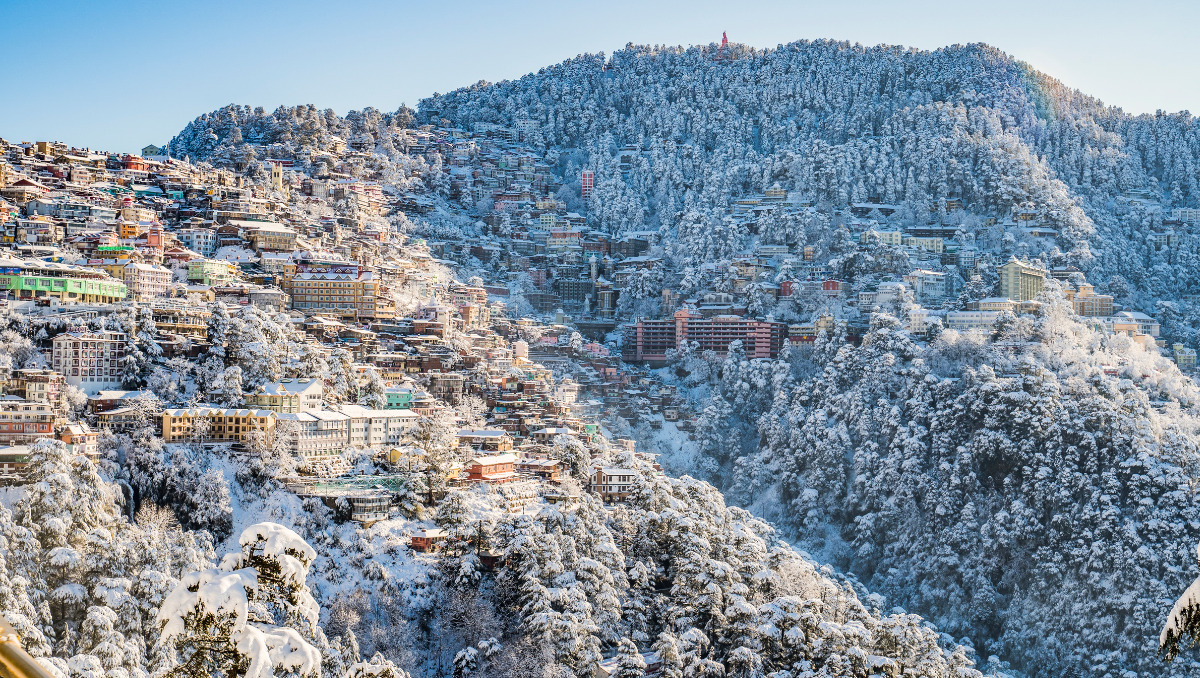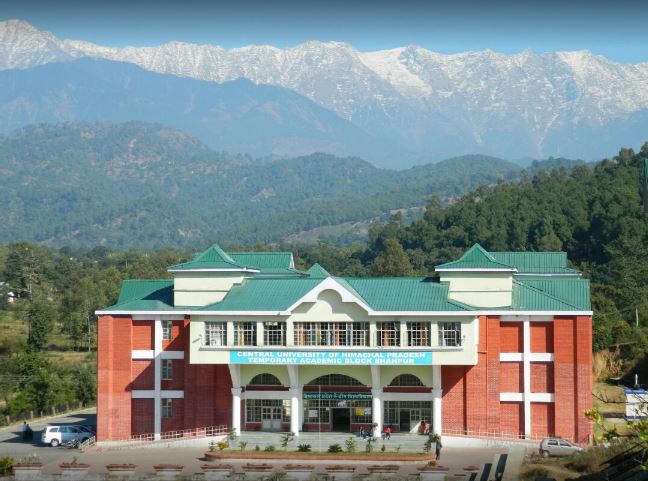Himachal State has witnessed one of the worst tragedies in history. Severe floods and landslides have cost us the lives of many and have left the rest stranded and homeless. The Natural Calamity has traumatized and scarred a huge number of people who have witnessed their homes collapse and be destroyed before their eyes.

According to the stats provided by the State Disaster Management Authority also known as SDMA, the state has observed one hundred and ten casualties so far which are all caused by the landslides in the region that occurred between June 24-September 11. It is noted that 9 people are still missing.
These harrowing landslides have claimed fifty lives in Shimla, seventeen lives in Mandi, thirteen lives in Solan, and twelve lives in Kullu respectively. The entire region is in an alarming state of emergency as all the environmental, demographical, geographical and economic factors are deeply compromised.
Recurrent Rains have also caused grievous and critical damage to the crops that have badly affected the agricultural lands in the state. Cloudbursts and slope failure have raised the concern of connectivity issues across the state making the rescue efforts by the authorities even more daunting.
Government’s Decision on Himachal Landslides
Considering the dangers of landslides and the disasters that were brought upon the state by them. The Himachal State government has planned to set up a committee of experts as a precautionary measure to prevent taking additional risks to life and destruction of property.
Sukhvinder Singh Sukhu, the Chief Minister of Himachal Pradesh expressed his worry and distress about the increasing incidents of landslides occurring in the state.

The Chief Minister further informed the media sources about the government’s decision to rely on the educational and research-oriented institutions of the country as they are instructed to provide the government with scientific and objective advice on the risks, reasons, causes and control measures that are causing the landslides.
He mentioned that the experts are also going to suggest some other risk-prone areas or hazardous locations based on the outcome of the studies they are conducting in present.
These suggestions can then be taken up by the government to draw a concrete plan of action based on the geo-physical, geo-logical and geo-technical factors that can help in the proper management of disasters like these in the state of Himachal.
The institutions appointed for the study are advised to make a report after studying the situation carefully and are requested to submit the same within two to three months so the action plan can be progressed as soon as possible.

The Chief Secretary-Prabodh Saxena briefed that the geological examination of landslides will take place at ten to fifteen sites in respective districts that are known to be sensitive and vulnerable at the moment. The report will allow the government to draw a logical route and plan of action with the help of suggestive measures given in it.
Institutions and Districts Involved in the Study Behind the Causes of Landslides
The Himachal Pradesh Disaster Management Authority and the Department of Revenue have given due consideration and have curated a list of seven renowned institutions that study and specialize in geological studies and research across the country.
We found the details regarding the allotment list in a paper published by Tribune. The respective departments have allotted vulnerable districts to each institution in the following manner:
1. IIT-Mandi is responsible for the examination of the districts Mandi, Lahaul, Kullu and Spiti which are in critical condition.
2. The Central University of Himachal Pradesh has been assigned the region of Dehradun and the districts of Kangra and Chamba.

3. The experts from NIT-Hamirpur will examine the situation in districts of Hamirpur, Una, and Bilaspur.
4. The Wadia Institute of Himalayan Geology is responsible for looking after the study of landslides in Solan district.
5. The HPUs will be examining the region of Kangra and the districts of Shimla (Shimla city excluded) and Kinnaur.
6. The HPSDMA has assigned the responsibility of examining the landslide study and cases to GSI, Chandigarh for the following areas: Shimla city, Jeori-Samdoh, Highway fragments of Mandi-Kullu, as well as the national highway-5 section of Kalka-Shimla.
7. Whereas, Sirmaur District is allotted for study to the institution of CSIR-CBRI, Roorkee.












